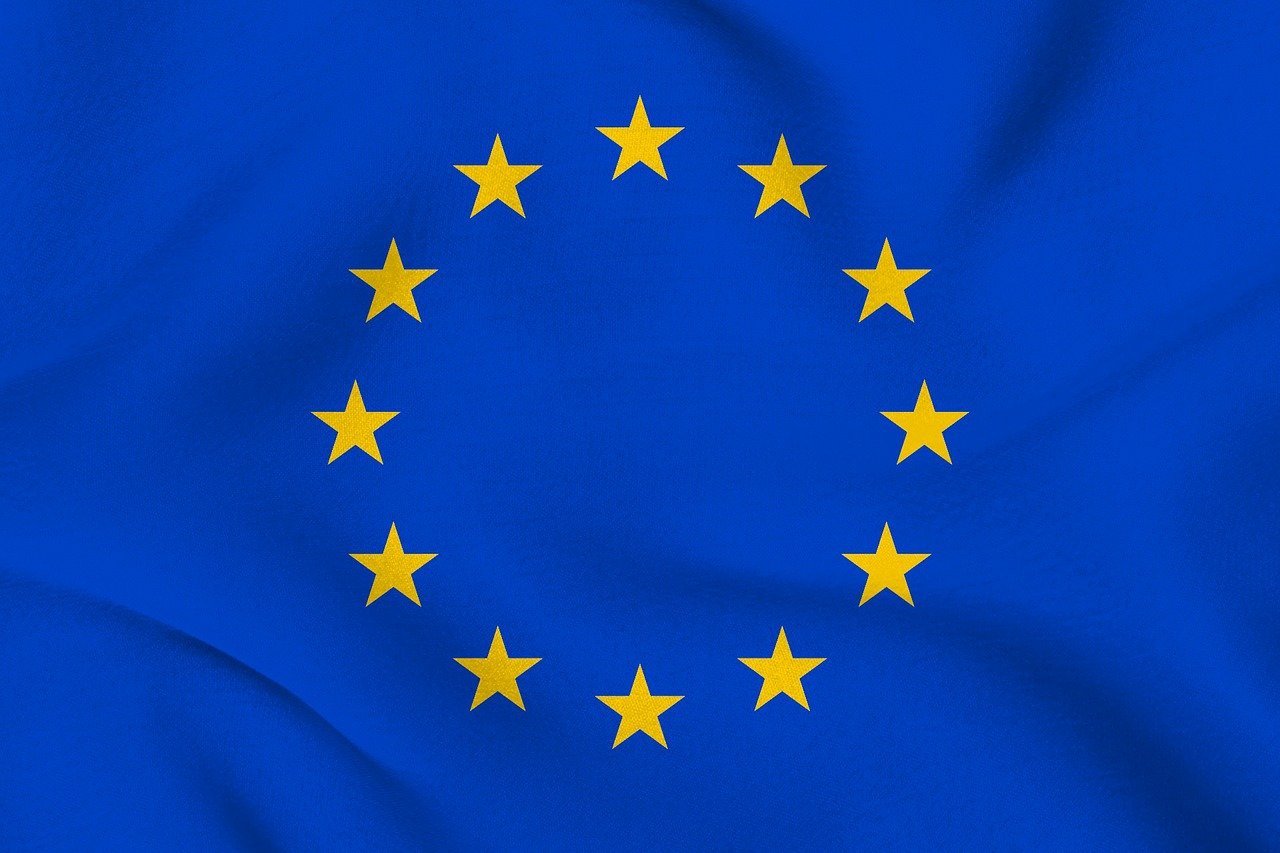EU threatens to fall behind in digital finances

Europe's reluctance to stablecoins and blockchain technology could undermine its monetary policy sovereignty and push the euro to the brink in the next phase of global financial system, according to the former board member of the European Central Bank Lorenzo Bini Smaghi.
Bini Smaghi, who is now the chairman of the Société Générale, warned in the Financial Times that despite a legal framework like Mica, the EU is still hesitating to fully integrate digital assets into its financial system. The recently entered into force (markets in crypto-assets) requires stable coin emitters to infer their tokens with cash and high-quality government bonds. At the same time, the EU tests a pilot regulation for trading in financial instruments on blockchain-based distributed ledgers.
The lack of stable coins based on the euro awakens concerns about sovereignty
However, Bini Smaghi noted that the euro is almost not represented on the growing stable coin market, since it is still dominated by dollar-bound assets. He argued that this lack of participation is due to the fact that banks and political decision-makers in the EU are excessively careful or skeptical about blockchain innovations.
“This hesitation could have serious consequences,” he wrote, adding that if European consumers and companies are increasingly relying on dollar-based stable coins for payments and savings that could be switched to digital platforms with US cover in the euro area.
Such a trend, he warned, could reduce the influence of the European Central Bank on monetary policy and destabilize traditional banking institutions in the region. Bini Smaghi is of the opinion that the EU must act decisively to remain relevant, since global finance quickly shifts towards token money and decentralized infrastructures.
conclusion
Bini Smaghi's warning comes at a crucial time when digital finance accelerates worldwide and stable coins are increasingly integrated into the mainstream payment and financial systems. The mica offers a basic regulatory framework, but regulation alone is not enough if the introduction lags behind. The extensive absence of the euro in the StableCoin landscape is a clear signal that Europe runs the risk of becoming a viewer in a digital economy dominated by the dollar.
In order to prevent capital outflows and maintain monetary policy sovereignty, the EU institutions not only have to regulate, but also have to be innovative: they have to encourage banks to issue stable coins in euros, to integrate blockchain solutions into the public infrastructure and to promote competition with US-led platforms. The digital transformation of the money is no longer a distant perspective – it takes place in real time. If Europe wants to preserve its financial independence and global relevance, hesitation is no longer an option. The challenge is now not to create rules, but to build dynamics, trust and infrastructure in order to support a competitive digital future in euros.






